How long does it take to get pensionado residency in Costa Rica?
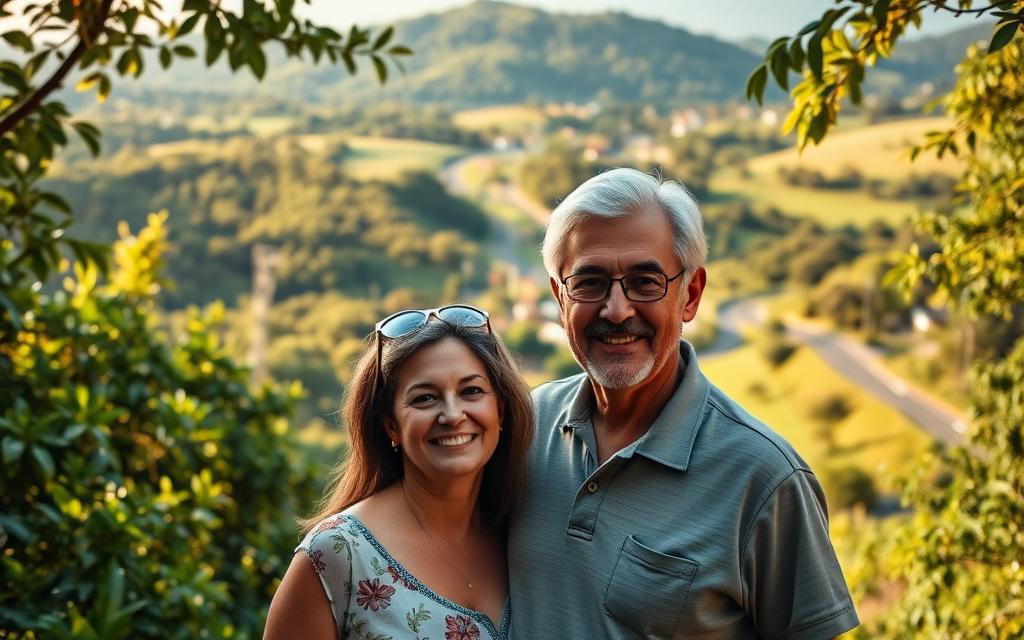
Costa Rica has become a haven for individuals and families seeking a better quality of life, drawn by its lush landscapes, pleasant climate, and vibrant culture. As the country tops the 2024 Global Retirement Index, thousands of expats are making the move every year. However, understanding the residency process is crucial for a smooth transition.
The pensionado residency program offers a straightforward path to residency for retirees with a stable income. Yet, the process can be lengthy, typically taking between 8-14 months. To navigate this process successfully, it's essential to understand the stages involved and the factors that influence processing times, such as documentation completeness and government efficiency.
With nearly 70,000 Americans calling Costa Rica home and the number growing by 14% annually since 2020, getting it right is more important than ever. We will guide you through the process, ensuring you're well-prepared for your new life in this tropical paradise.
Understanding Costa Rica's Residency Options
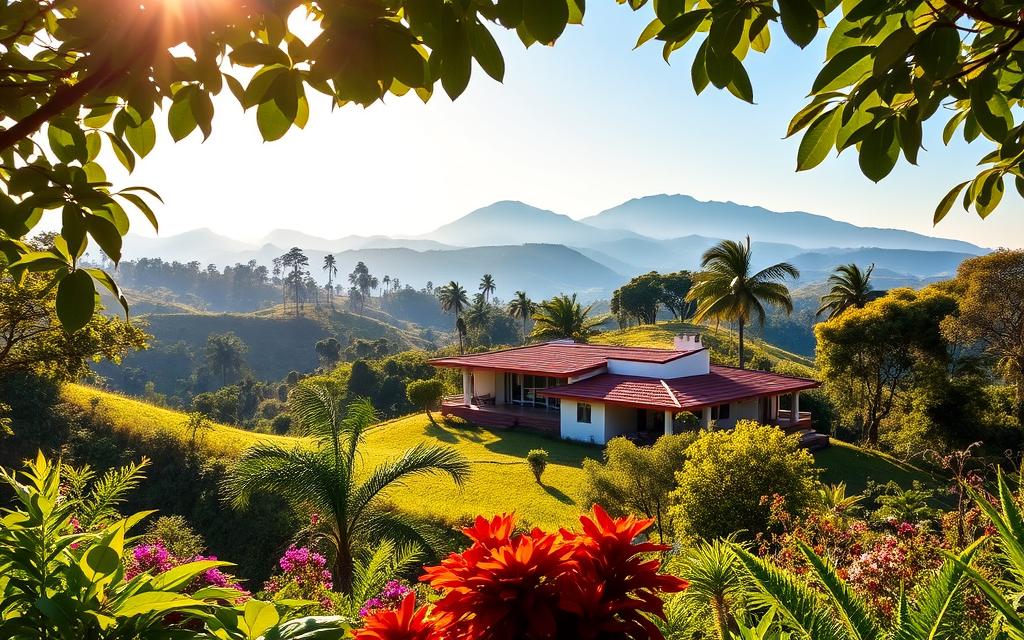
Costa Rica offers a diverse range of residency options tailored to various needs and circumstances. The country provides both temporary and permanent residency options, making it an attractive destination for expats and retirees alike.
Overview of Different Residency Categories
Costa Rica's residency program includes several categories, such as Pensionado, Rentista, Inversionista, and family-relation residency. Each category is designed to accommodate different life situations and financial circumstances. For instance, the Rentista category is ideal for individuals with a stable, non-retirement income, while the Inversionista category is suited for those who wish to invest in the country.
Why Pensionado Residency is Popular Among Retirees
The Pensionado residency program is particularly popular among retirees due to its straightforward requirements and numerous benefits. To qualify, applicants must provide proof of a minimum monthly pension income of $1,000 from a government source, company plan, or other guaranteed retirement fund. This program allows retirees to enjoy Costa Rica's vibrant culture and natural beauty while maintaining a stable lifestyle. For more information on how long you can stay outside of Costa Rica with this residency, you can visit this page.
Understanding the differences between these residency options is crucial for selecting the most appropriate category based on your financial situation, age, and long-term goals in Costa Rica. The Costa Rican immigration system is designed to be transparent and accessible, though professional guidance is often recommended to ensure a successful application.
Key Requirements for Pensionado Residency
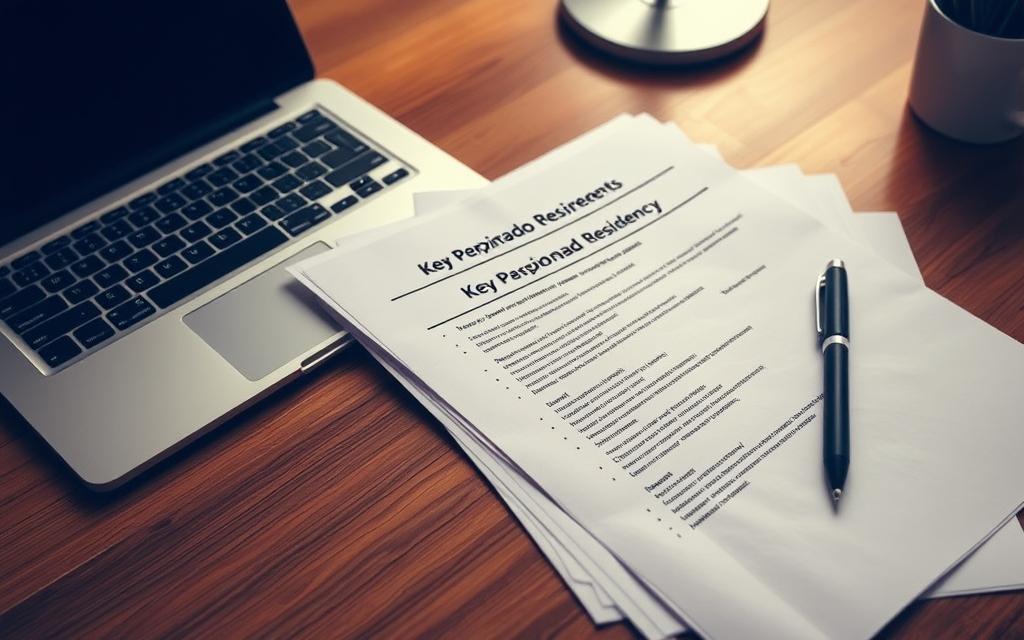
To become a pensionado resident in Costa Rica, applicants must meet specific requirements that ensure their financial stability. The pensionado residency program is designed to attract retirees who can demonstrate a stable and guaranteed income.
Proof of Lifetime Pension Income
One of the primary requirements for pensionado residency is proof of a lifetime pension income. Applicants must demonstrate a minimum of $1,000 per month from a qualified pension plan, such as Social Security or another government-backed retirement fund. This income must be stable, guaranteed, and permanent to ensure financial self-sufficiency. For more information on pension benefits in Costa Rica, you can visit Jaros CR.
Essential Documentation and Legalizations
Applicants must provide several key documents, including a valid passport, birth certificate, marriage certificate (if applicable), and a criminal background check from their country of citizenship. All documents must be properly authenticated through apostille certification or consular authentication and officially translated into Spanish by a certified translator in Costa Rica. Costa Rica has streamlined the document verification process for pensioners from the United States, allowing for faster processing of Social Security verification letters.
How long does it take to get pensionado residency in Costa Rica
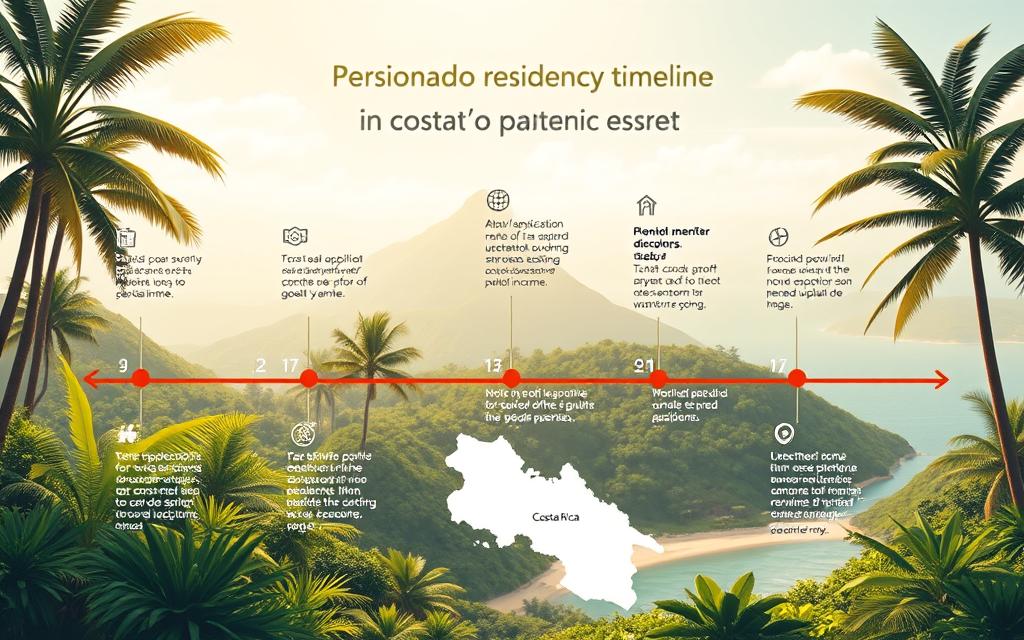
Obtaining pensionado residency in Costa Rica can be a lengthy process, but understanding the timeline can help manage expectations. The process involves several stages, from initial application submission to final approval.
Estimated Timeline for Each Stage
The complete timeline for obtaining pensionado residency typically ranges from 6 to 12 months. The pre-application preparation phase usually takes 1-3 months, involving the gathering of required documents. After submission, the application enters a review phase, which can take 3-12 months, with pensionado applications currently averaging 8-12 months as of early 2024.
During this period, applicants can remain in Costa Rica but must obtain permission before leaving to avoid application cancellation. The final phase involves receiving provisional approval, enrolling in the Costa Rican healthcare system (CAJA), and obtaining the DIMEX residency card, taking an additional 1-2 months.
Factors That Affect Processing Time
Several factors can influence the processing time, including the accuracy of the submitted documents and the efficiency of the processing authorities. Delays can occur if documents are incomplete or not properly legalized. Efficient processing is crucial to avoiding unnecessary delays.
Step-by-Step Guide to the Residency Process

Navigating the residency process in Costa Rica can be complex, but breaking it down into manageable steps can simplify the journey. The key to a successful application lies in thorough preparation and understanding the requirements.
From Provisional Visa to Final Permit
The first step is obtaining a provisional visa, which allows you to stay in Costa Rica while your residency application is processed. To avoid delays, ensure that all documents, such as proof of income and police clearance, are accurate and complete. Next, you'll submit your residency permit application, involving additional documentation, including legalized and translated papers.
Registering and Finalizing Your Stay
Once your application is submitted, you'll need to register with the consulate and complete fingerprinting, a crucial step for verifying your identity and finalizing your residency status. After approval, you'll receive your residency permit, granting you long-term stability in Costa Rica. This involves enrolling in the CAJA (Costa Rican healthcare system) and completing biometric data collection before receiving your DIMEX residency card.
Consultation and Personalized Immigration Solutions
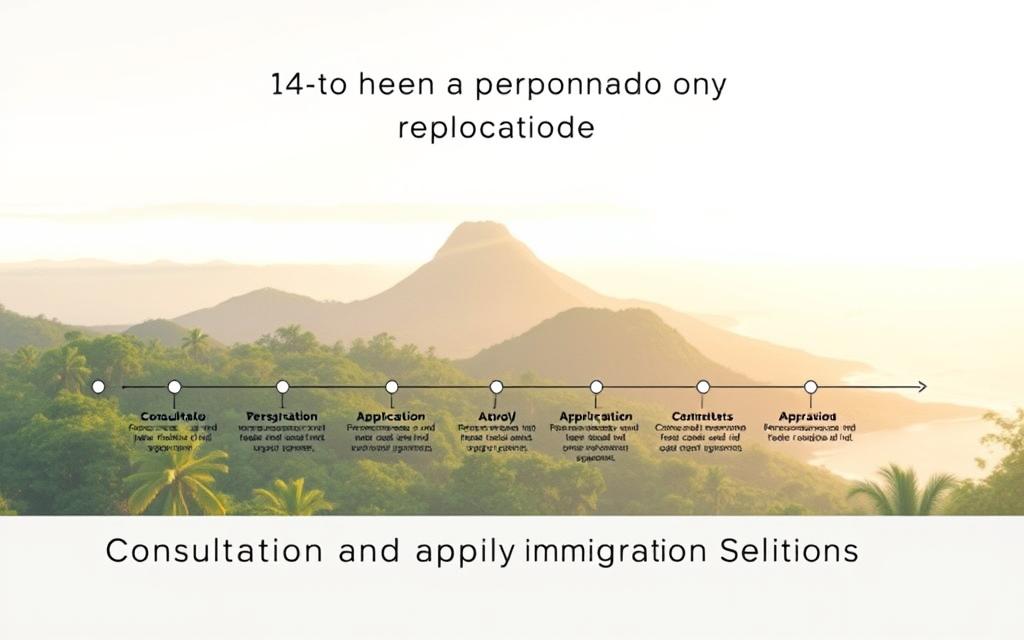
Our team of experts is dedicated to providing personalized immigration services that simplify your journey to residency in Costa Rica. At CRIE, we specialize in offering tailored immigration solutions that cater to your specific needs, ensuring a smooth and stress-free process.
Speak with Our Immigration Experts
Schedule a call or WhatsApp session to discuss your goals and concerns with our seasoned immigration professionals. We'll provide insights into the best residency options, whether you're considering temporary residency or a long-term visa, and guide you through every step of the process.
Tailored Pricing and Service Options
We understand that every case is different, which is why we offer bespoke pricing based on your individual needs. Our services include document preparation, legalization assistance, translation services, application submission, and follow-up with immigration authorities. For personalized immigration assistance, you can contact JAROS CR at info@jaroscr.com or call +(506)7182-8969.
Temporary vs Permanent Residency: What You Need to Know
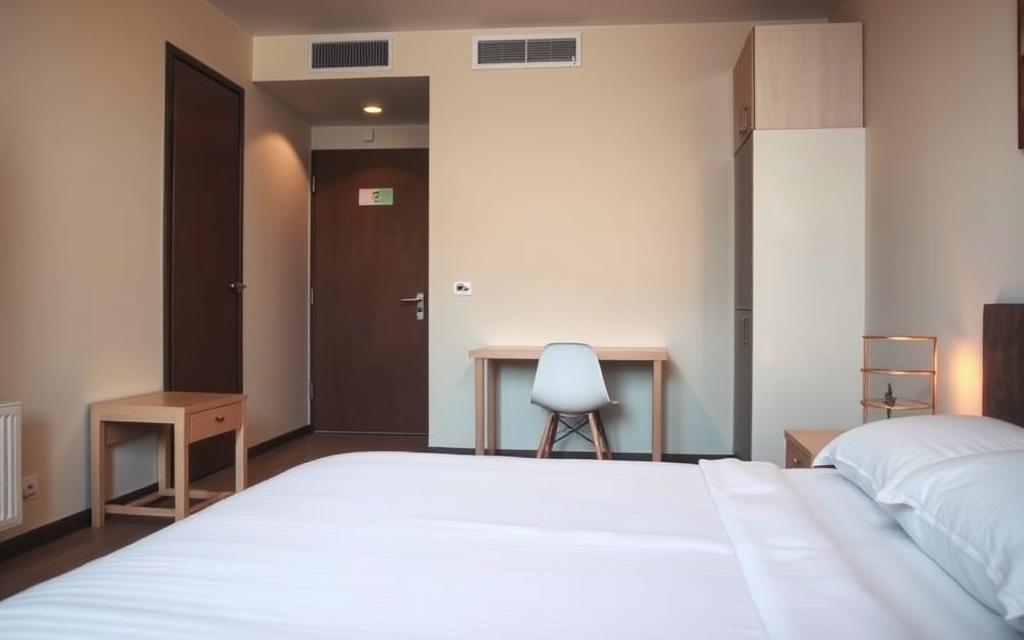
When considering residency in Costa Rica, understanding the difference between temporary and permanent residency is crucial. Both options have their benefits and limitations, catering to different needs and long-term plans.
Criteria and Transition Paths
Temporary residency is ideal for those testing the waters, allowing a stay of one to two years with the option to renew. However, it comes with certain restrictions, such as limitations on employment. To transition to permanent residency, one must hold temporary residency for at least three years and meet specific criteria, including proof of income and clean legal records.
Renewal Process and Legal Requirements
Permanent residency offers long-term stability, removing many restrictions associated with temporary status. While temporary residency must be renewed every two years, permanent residency does not require renewal but necessitates spending at least one day in Costa Rica annually to maintain the status. Understanding these requirements is key to making an informed decision about your residency status.
Navigating Common Challenges in the Application Process
The application process for pensionado residency in Costa Rica involves several potential pitfalls that can cause delays. Applicants must be aware of these challenges to navigate the process efficiently.
Document Translation and Legalization Issues
One of the most significant obstacles is document translation and legalization. All required documents, including birth certificates and marriage certificates, must be translated into Spanish and authenticated. Errors in this process can lead to substantial delays. Common issues include using expired documents, such as criminal background checks that are valid for only six months, and submitting documents with name inconsistencies.
Managing Fees and Consulate Requirements
Managing fees and understanding consulate requirements are also crucial. The application process involves various fees, including application filing, residency approval, document certification, and DIMEX card issuance. Consulates have specific requirements for document submission, and missing details can result in processing errors. Understanding these requirements can help applicants avoid unnecessary delays.
Expert Tips from Costa Rica Immigration Experts

Our team of Costa Rica immigration experts has helped numerous retirees successfully obtain residency, sharing valuable insights along the way. Preparation is key to a successful residency application. We recommend starting the document gathering process early, ideally 3-6 months before submission, as obtaining and authenticating documents from your home country can be time-consuming.
Strategies for a Smooth Application
To ensure a smooth application process, create a detailed document checklist specific to the pensionado residency category and verify each item multiple times. Missing documents can delay your application by months. Consider arriving in Costa Rica on a tourist visa, submitting your application, and then temporarily returning to your home country to handle affairs while the initial processing occurs.
Real-World Success Stories
Many successful retirees recommend working with experienced Costa Rica immigration professionals who understand the nuances of the pensionado program. For example, one retiree secured their Pensionado status within six months by working closely with our team. Their proof of income was meticulously prepared, and all legal requirements were met efficiently.
Key takeaways from our experience include the importance of meticulous preparation, particularly of proof of pension income, and the benefits of working with knowledgeable professionals to navigate the Rica residency application journey.
Life After Approval: Rights and Responsibilities
Once pensionado residency is granted, individuals can settle into Costa Rican life with specific rights and duties. As a temporary resident, you gain significant rights but also face certain restrictions.
Healthcare Enrollment and CAJA Requirements
Enrollment in the CAJA (Costa Rican healthcare system) is mandatory for all residents except digital nomad visa holders. Monthly premiums typically range from $60-300 based on your declared income. This access to the national healthcare system is one of the significant benefits of pensionado residency.
Travel Restrictions and Maintaining Status
To maintain your residency status, you must renew your DIMEX card before expiration, remain current with CAJA payments, visit Costa Rica at least once per year if traveling abroad, and report any changes in income or status to immigration authorities. Understanding these requirements is crucial for maintaining your status and enjoying the benefits of life in Costa Rica.
Financial Considerations for New Residents
The financial implications of obtaining pensionado residency in Costa Rica are multifaceted. As we explore the various costs associated with this process, it's clear that both initial and ongoing expenses must be carefully considered.
True Costs of the Residency Process
Obtaining pensionado residency in Costa Rica involves more than just government fees. The total cost, including professional assistance, document preparation, and travel, typically ranges between $3,000-$5,000. Official fees include application filing ($50), residency approval ($100), and DIMEX card issuance ($123).
Tax Implications for Pensionados
Costa Rica offers favorable tax treatment for pensionados, taxing only income earned within the country. This means foreign pension income and investment income from outside Costa Rica generally remain untaxed. Property tax rates are approximately 0.25% of assessed value, making real estate an attractive investment option.
Conclusion
As we conclude our guide on obtaining pensionado residency in Costa Rica, it's clear that the journey requires patience and attention to detail. Costa Rica offers a variety of residency options, including the pensionado program, which is designed for retirees with a stable pension income of at least $1,000 per month.
The process involves multiple steps, from gathering essential documents to meeting financial requirements. Professional guidance from experienced residency experts can significantly streamline the application process, helping you avoid common pitfalls and ensuring all requirements are met efficiently.
With proper planning and preparation, your journey to pensionado residency can be the beginning of an exciting new chapter in Costa Rica. For more information on the next steps after obtaining residency, visit our guide on what to do after getting Costa Rica.


